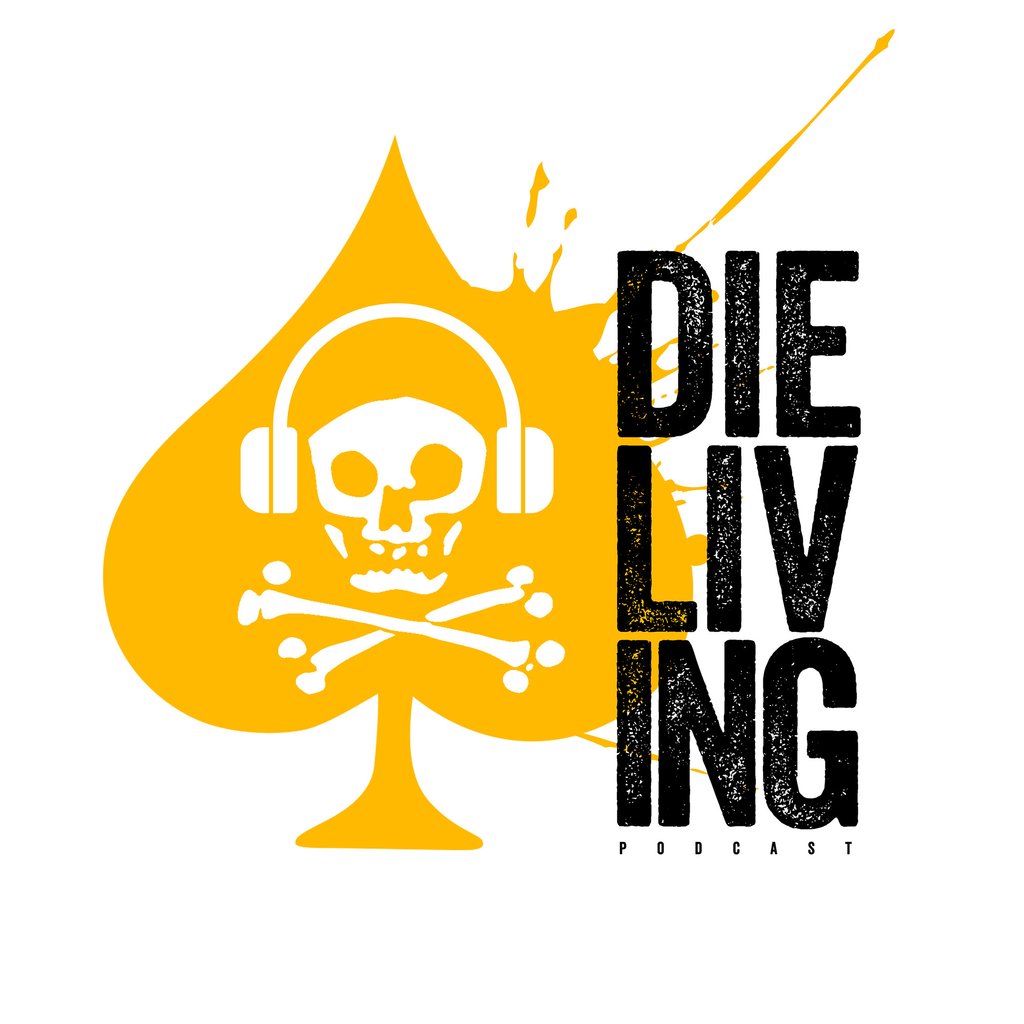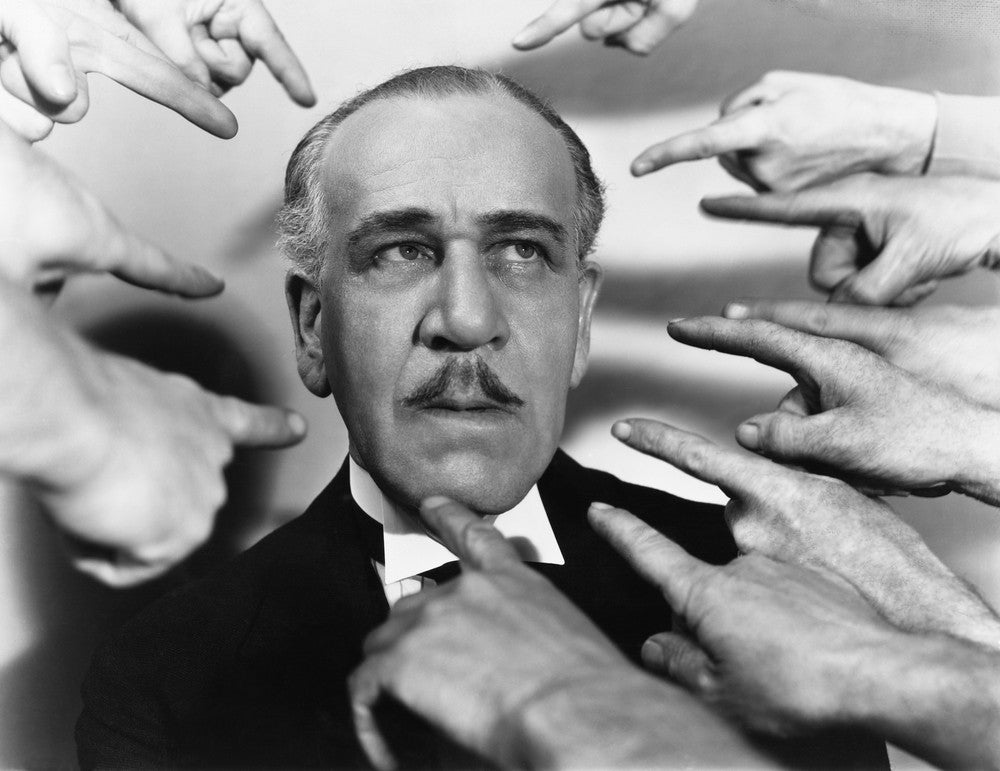
Welcome to America 2017. A place that many feel is reminiscent of New Jack City, a film that highlighted the violence surrounding the crack cocaine epidemic of the 80’s and 90’s. We live in a country where national violence statistics have been on the downslope for almost 25 years with only a very recent uptick in dense urban areas; a nation where the odds of a kid dying in a mass shooting are 1:12,000,000. Wait, what did I say? Yes, you are twelve times less likely to die of a mass shooting than you are to be struck by lightning. To further complicate your media influenced worldview, since September 11, 2001 you are more likely to be killed by falling furniture than by a rogue “إرهابي”. So why is it that everywhere we turn the firearms and self-defense training industry is trying to convince you that your family’s safety depends on your ability to morph into an egalitarian John Wick? Why is the majority of marketing about defending yourself and others from evil forces of mythical proportions? Is this dialogue building better citizens that are more competent technically and tactically, or is it creating a dangerous mindset that sacrifices proficiency in favor of a false dichotomy?

The sky is falling, the sky is falling…
First, let’s talk numbers. I have tried to be as pragmatic about the interpretation of statistics as possible... after all, haters will say you can make numbers say whatever you want them to say. The lifetime risk of dying in a mass shooting is around 1 in 110,154 (surprisingly high due to a generous definition and the inclusion of atypical data that barely fits the common definition), about the same as being legally executed. The odds of a student being shot in a school shooting are 1 in 7,800,000. The odds of being murdered are 1 in 18,900... but that is misleading; the odds for someone living in a rural area are much lower and the odds for someone in a poor urban setting much higher. Where you are and how you carry yourself have a huge bearing on the likelihood of becoming one of these statistics. Much like getting struck by lightning (1 in 1,100,000) the likelihood of it happening is dependent on where you are AND the population density of that location. We would also be wise to remember that less than 30% of murders occur as a result of an active attempt to commit a felony, such as a robbery. With males it is almost universally a product of social confrontation and, for females, the final evolution of an abusive relationship.

So What?
You might be asking, “why do I care about numbers, and what does it mean to me? I know a guy who was robbed and I have a friend of my cousins who was a victim of mass violence.” Bottom Line Up Front, statistically there is not a credible threat of wholesale violence present to normal citizens in the United States. Are there a variety of anomalies out there that are scary? Sure, but training for those is counter productive. We only have so much time on this planet to focus on what matters. Most of us pay subject matter experts to winnow the wheat from the chaff and break down what is important to us as consumers. A quality instructor and an ethical firearms organization will be focused on providing a realistic and grounded training program that focuses on reality, not fantasy. Being handy with the steel is something I advocate, but it is far less important than conflict resolution skills and a heightened sense of situational awareness.

How do you determine snake oil from ambrosia?
It’s easy to be romanced by the tropes of the firearms charlatans. “I’d rather be judged by twelve than carried by six.” “You can be prepared or you can be a casualty.” “Just try it.” These kinds of phrases sound amazing in sound bytes but they are almost never accompanying a sound base of instruction that focuses on the boring and grinding repetition that make a better shooter. Presentation drills until muscle failure aren’t sexy. Dry fire is time consuming. Sustainment training requires personal accountability. Most of the instructors selling fear, stress shooting, and scenario based fantasy have found out the hard way that it’s difficult to sell good training, so they have resorted to selling a romanticized idea of “violence behind every blade of grass” to an audience that is ripe for their message because of a constant 24 hour barrage of heavily spun and always negative news.
When a consumer resolves to spend money on training it’s usually because they don’t feel confident in their existing skill set or because they want to see an appreciable improvement in a performance metric they feel is lacking. Marketing clouds that judgement process and makes finding an instructor a daunting task. Instructors should be releasing their program of instruction, their course of fire and goals of training should be specific and explicit, and their focus on mindset should be grounded in legal constraints and understanding how to de-escalate or break contact before a gunfight ever begins. Any attempt to obfuscate training goals or promote John J. Rambo aggression in civilian shooters is a huge red flag.

How do you find the right balance?
Shooting is a martial art, meaning it is an art/sport centered around war. Becoming good at shooting under mental and physical stress involves mastery of the basics of shooting accurately and quickly from a static position. It is important that as a student of shooting you don’t outrun your headlights. If you are developing advanced skills using training wheels, you’re likely going to burn in bad habits and be unable to implement these skills effectively if you ever have to use them practically. Shooting is also a highly perishable skill. If you aren't training it regularly, you will lose your proficiency. If your budget allows for one shooting course a year, make sure that it is targeted at the skills you need to be working on, then train those skills in dry fire practice after the course is complete to burn them into your neuro-pathways.
An instructor that survived war and has a military background doesn’t necessarily translate into being the best instructor. Consumers need to get honest assessments from their fellow shooters before they spend money. The mindset that makes one successful at war isn’t always the one you need or want when using a firearm in the United States. As with civilian instructors, it is often a mixed bag. Even the most elite units in the military still consult a lot of civilian shooters for ways to improve their skillsets.
A great forum for learning to be more proficient at shooting is the competitive shooting arena. A lot of military instructors are quick to discount competitive shooters as “gamers” but most competitive shooters are more capable shooters than their military counterparts due to having made the process fun and repeatable. I cringe when I hear guys accuse an instructor of being less relevant because he never deployed… shooting is shooting.

Fast Accurate Hits
Most people who resolve conflicts with firearms have little to no formal training, I firmly believe that the most important part of resolving or avoiding a situation with a potentially violent outcome starts in your head. Everyone is happier walking away without having to take another person’s life. However, when I train to use a firearm, I know that shooting fast and straight are the biggest concerns in winning a gunfight. As an eternal student of the craft, I will never know everything. I do, however, know what a solid foundation is built upon. Don’t allow yourself to bypass the most important fundamentals in your haste to achieve hero status resolving a violent situation that may never come. If it DOES ever happen to you you’ll be glad that you spent countless hours on the basics, honing your ability to place rounds where you desire them rapidly while creating space and finding cover. One thing you’ll never think: “I wish I had spent more time figuring out center axis relock.”
http://www.psychlawjournal.com/2013/01/school-shootings-what-are-odds-part-iii.html
http://discovertheodds.com/what-are-the-odds-of-being-murdered/
http://discovertheodds.com/what-are-the-odds-of-being-struck-by-lightning/
[apparel-ad]





Leave a comment
This site is protected by hCaptcha and the hCaptcha Privacy Policy and Terms of Service apply.